
8 minute read
BUSINESS OF DESIGN
from PREVIEW Frame #147 JUL/AUG
by Frame
Luma Atelier created an alternative wall cladding through the process of salt crystallization.
How biofabricated materials can help address the energy crunch
Advertisement
After experimenting with a mix of fast-growing microalgae and bioplastics, Luma Atelier produced a series of coloured translucent tiles.
Against the background of sanctions on Russia, one question being asked is ‘Will the war in Ukraine hasten the end of fossil fuels?’ Expert analysis goes both ways. The current energy crunch might speed up Europe’s transition to green technologies or, in the intermediate, favour a return to coal or even spur a renewed interest in fracking. The fact is that the crisis is a magnifying glass for what is at stake in the energy sector and, by consequence, in design and construction.
The acknowledgment that we must lessen our dependence on fossil fuels has been there before, further promoted by the new European Green Deal aimed at making Europe climate-neutral by 2050 through building regulations and lifecycle assessment schemes. It’s one reason there’s a rising demand for circular building materials based on renewable natural resources. And there are a growing number of material innovations commercially available that may satisfy the requirement for non-fossil-based solutions in spatial design.
A prominent provider is design-driven biotechnology company Mogu based in Northern Italy, founded by Maurizio Montalti. The designer started research into the potential of mycelium, the vegetative part of fungi, in 2009, and has since developed production technology further, bringing it to industrial scale. Mogu works with fungal biofabrication processes and grows mycelium on upcycled agro-industrial residues (including textile residues, corn crops, sawdust, rice straw, hemp and spent coffee grounds) into highend products for interior spaces. Its acoustic panels offer a range of foam-like, soft textures and different 3D shapes, while its floor tiles feature compact, resilient surfaces. According to Montalti, the biomaterial transition is on its way and, while a fundamental » 5
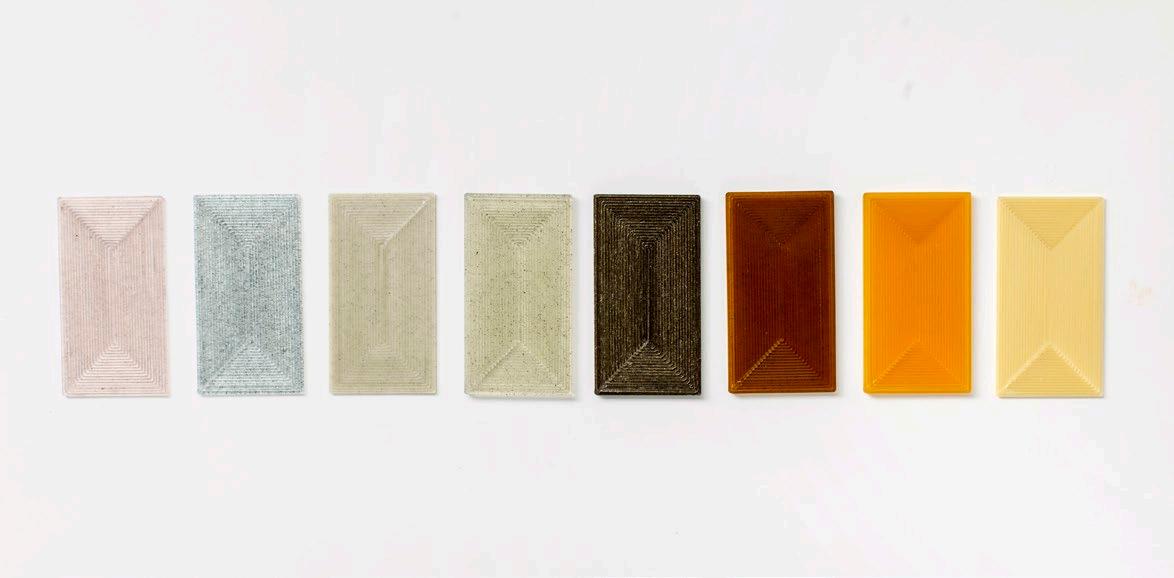
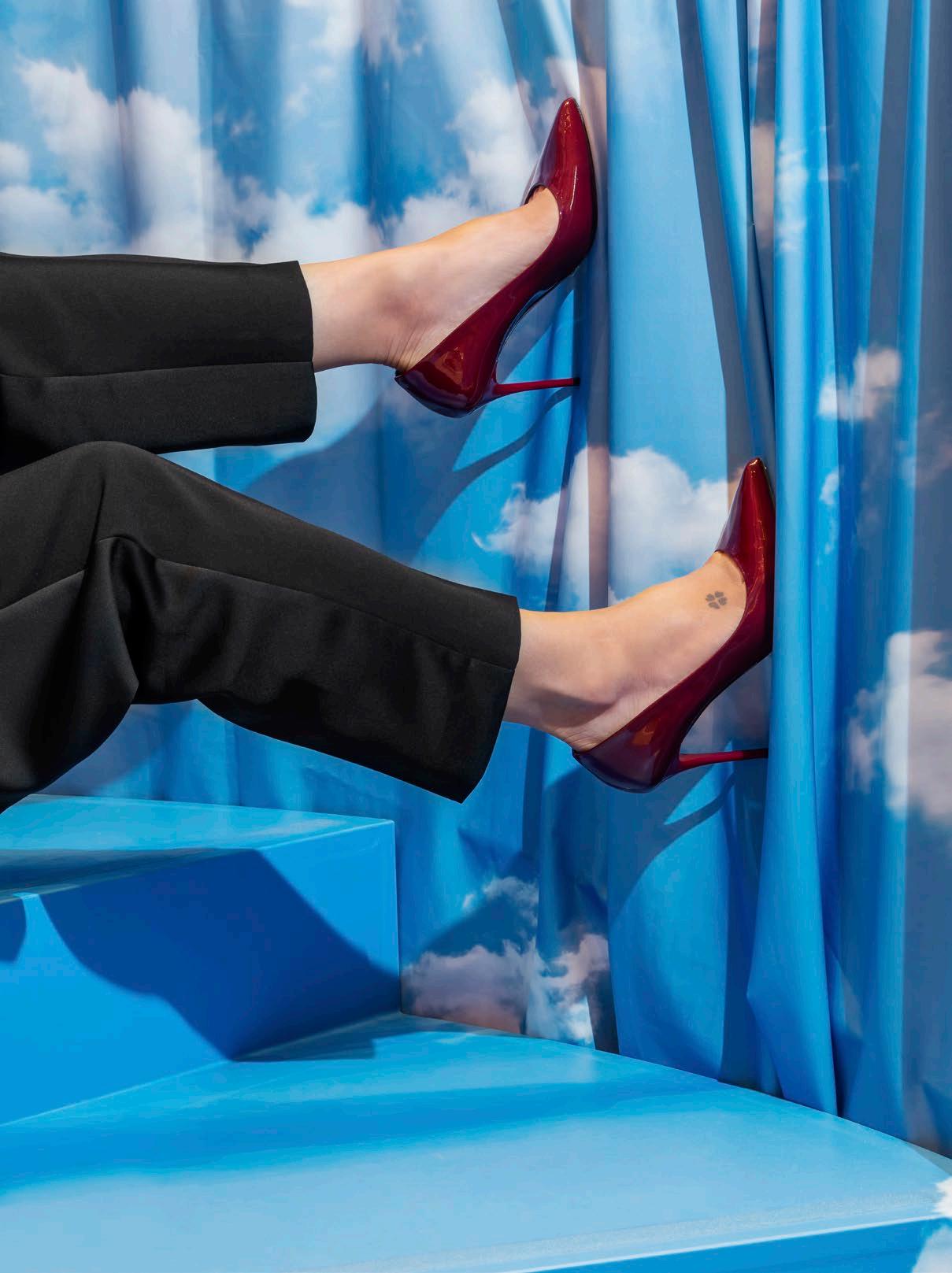
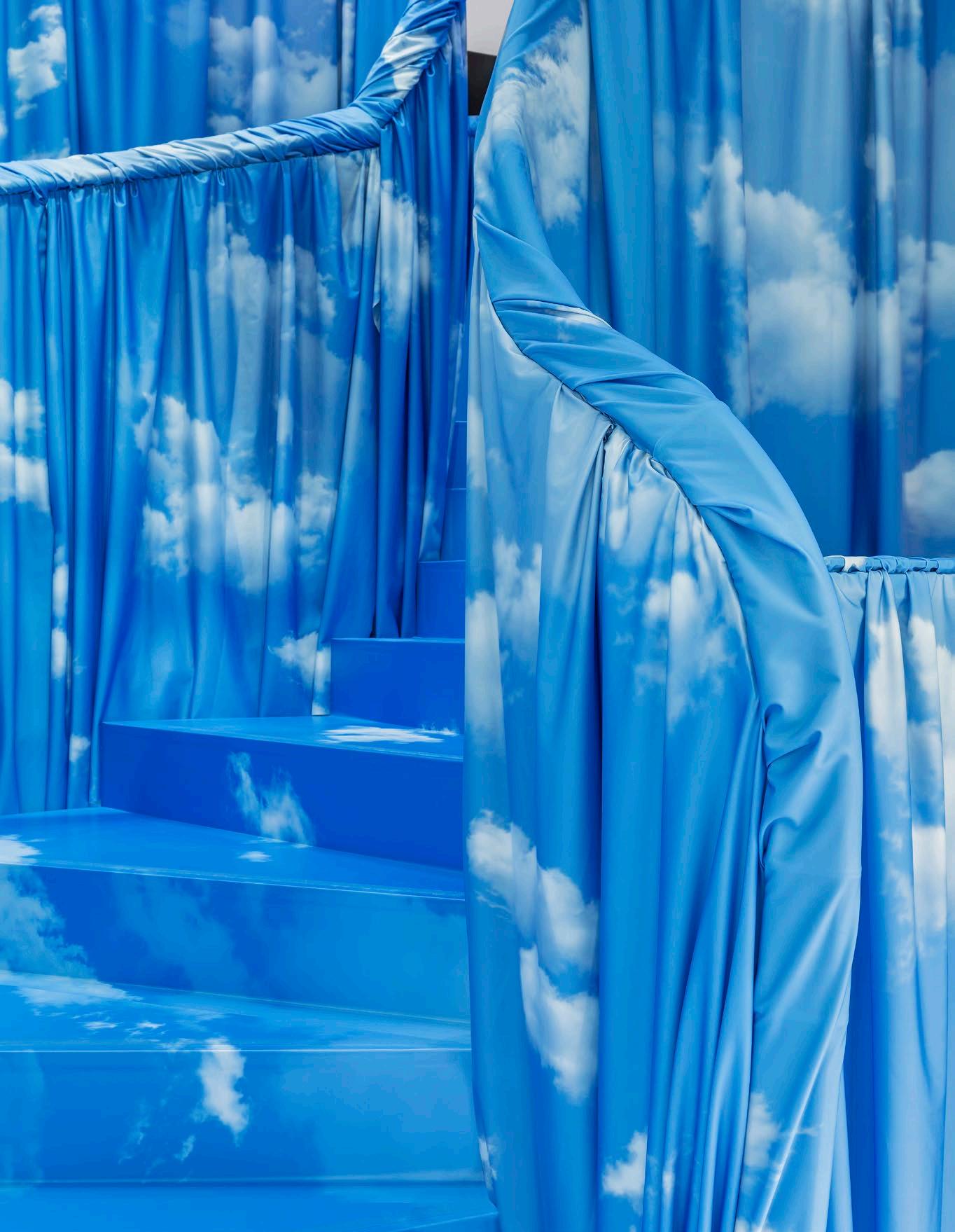
in practice
Sara Ricciardi on why every interior should respond to its occupants’ needs. WORKac on why you can’t replace real space. Krista Kim on how NFTs can shape creative economies.
Sara Ricciardi set up her own practice in Milan after studying product design in Milan, Istanbul and New York.
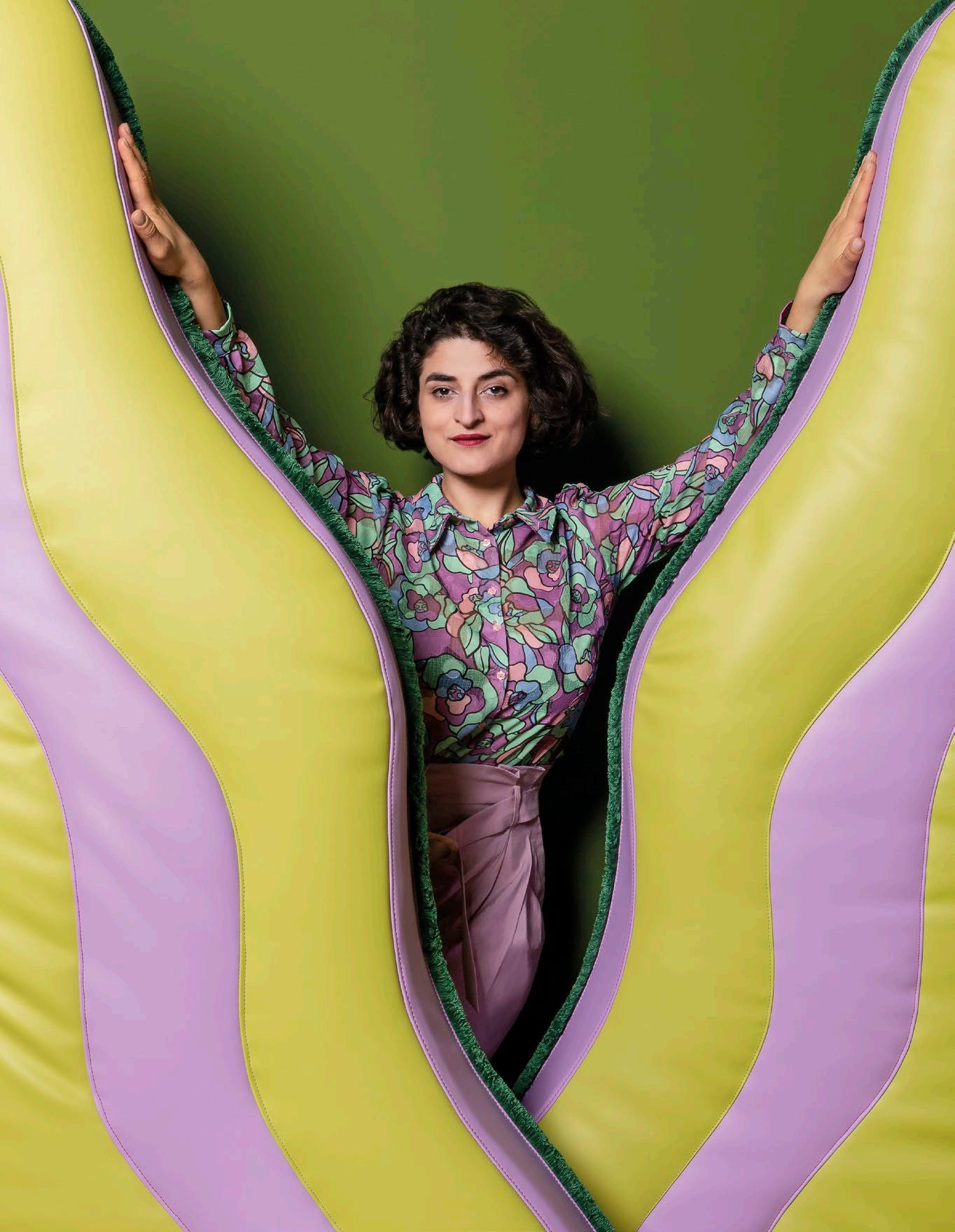
SARA RICCIARDI ICCIARDI SARA RA RICCIARDI CIARDI SARA A RICCIARDI RA RICCIARDI RICCIARDI SAR CIARDI SARA SARA RICCIARD RICCIARDI SAR

Benevento-born creative Sara Ricciardi, whose poetic and eclectic portfolio includes everything from products, performances and set designs to hospitality and retail interiors, believes homes should support the alternating screenplays of, and characters in, our lives.
Words Robert Thiemann Portraits Antonio Campanella
Two things stand out on entering the Milan studio of designer, art director and social design lecturer Sara Ricciardi: the presence of extensive collections of bizarre objects and the absence of permanent walls. Replacing the latter are a set of curtains and openings that turn her team’s workspace into an adaptable stage for dynamic creativity. ‘Every space should respond to its occupant’s needs,’ says Ricciardi. ‘In my studio that means considering the moods of the manifold personalities at work.’
What’s your definition of the home? SARA RICCIARDI: The home is my stage, the place where I can showcase my personality all around. It’s the place where I collect parts of my life, the place where I feel most comfortable but also the place that occasionally confronts me with uncomfortable scenarios, which in turn help me to stay in constant dialogue with my surroundings. I used to be scared of being home alone, but once I started to communicate more with my domestic environment, I realized the home is a living entity as well. It makes suggestions while reflecting the occupants’ constantly changing moods.
How do you turn a house into a home? Just like you build relationships with people: by giving it your time and energy, allowing it to be absorbed by you and vice versa. The home responds to the spirit and investment – both in the physical and more fleeting sense of the word – you put into it and soaks up the memories you attach to it. Many people avoid investing time and resources in their home spaces and steer clear of making choices because they’re afraid that they’ll get bored of certain aspects in the long run, or that they won’t fit in anymore as they evolve as a person. In response, some people focus on creating comfort zones in which they’ll have what I would describe as ‘medium’ feelings, to feel safe. That’s understandable, but don’t be too safe or wary of future changes. Create environments that embody you and provide moments of strength in the here and now. As a designer I’ve experienced that doing so for yourself can be more complex than deciding for others. However, it’s an incredible journey and I encourage everyone to go for it. If instead you decide to buy your way into a place that’s defined by someone else, your narrative is prewritten. By choosing such a predefined environment, you also enter a certain community and adopt the lifestyle and status that comes with it, in a way. This can be a very powerful thing, but people already have so many (sometimes contradictory) needs, obsessions and personas inside of themselves that can be reflected through a home environment. It’s important your surroundings feed all those. Different aspects of your personality will need to be stimulated at different times. And, besides carrying what I call a ‘neighbourhood of personalities’ inside of yourself, you’re also »
To showcase the manufacturing process of material technology company Serge Ferrari during Milan Design Week 2019 while offering a moment of relaxation to fairgoers, Ricciardi conceived playful, multisensory installation L’île de Serge.
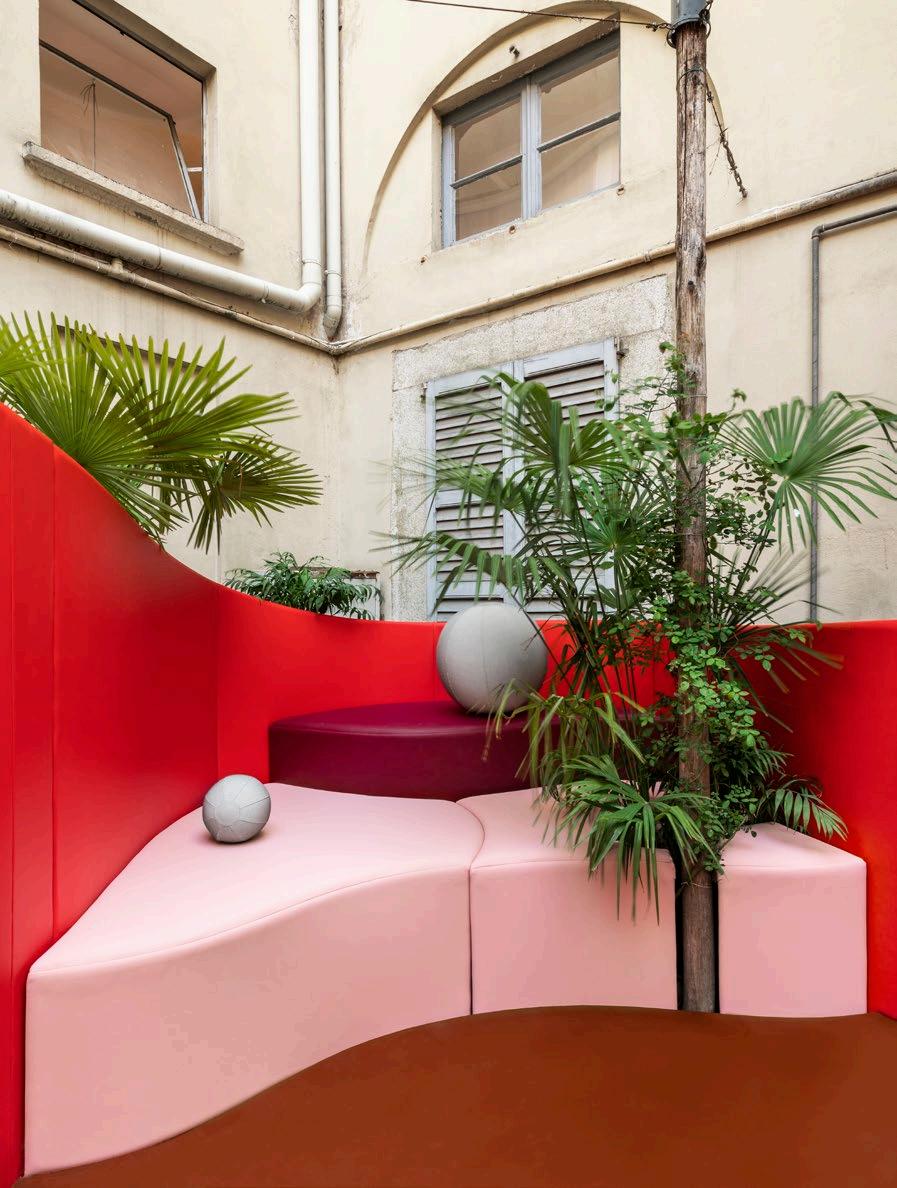
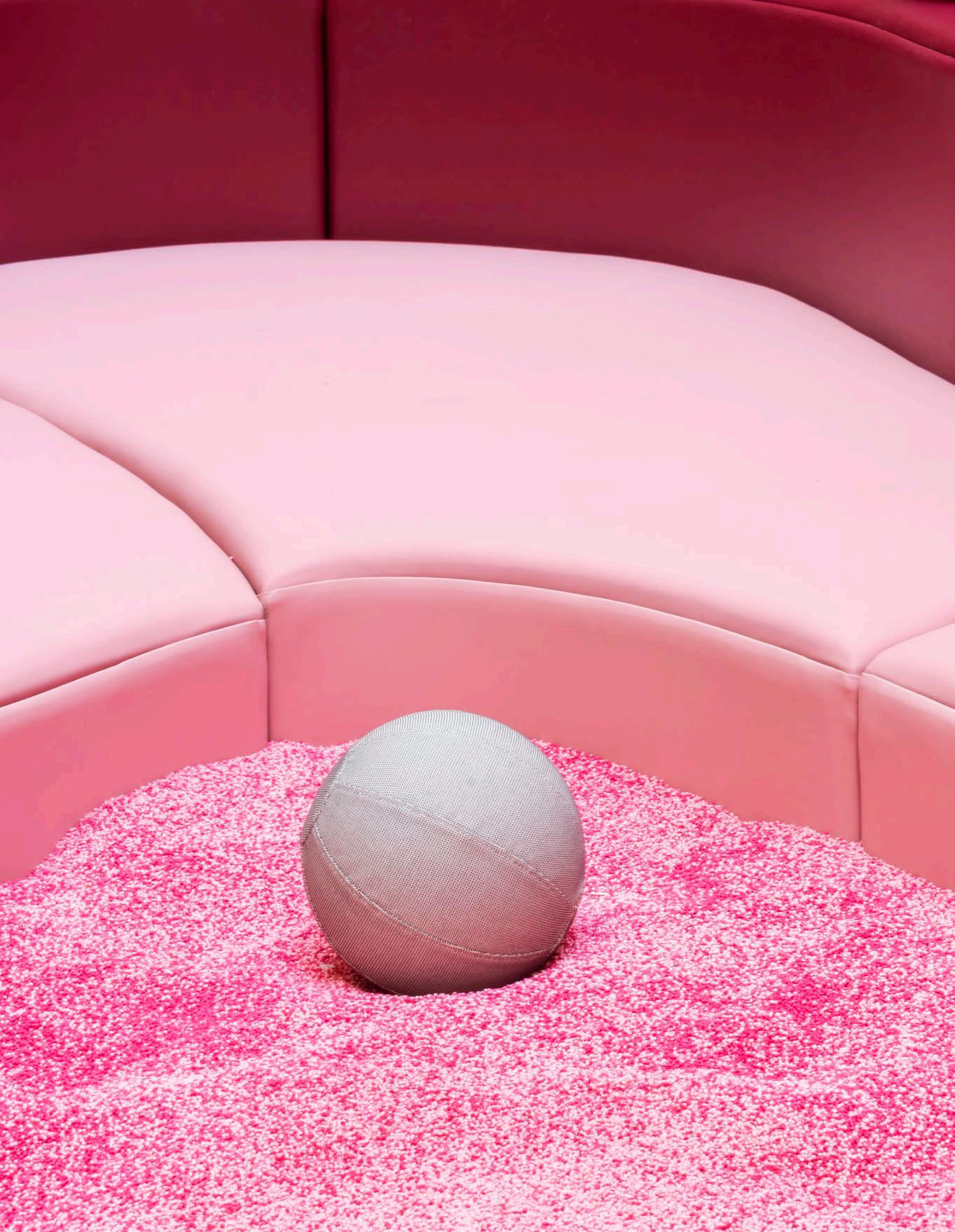
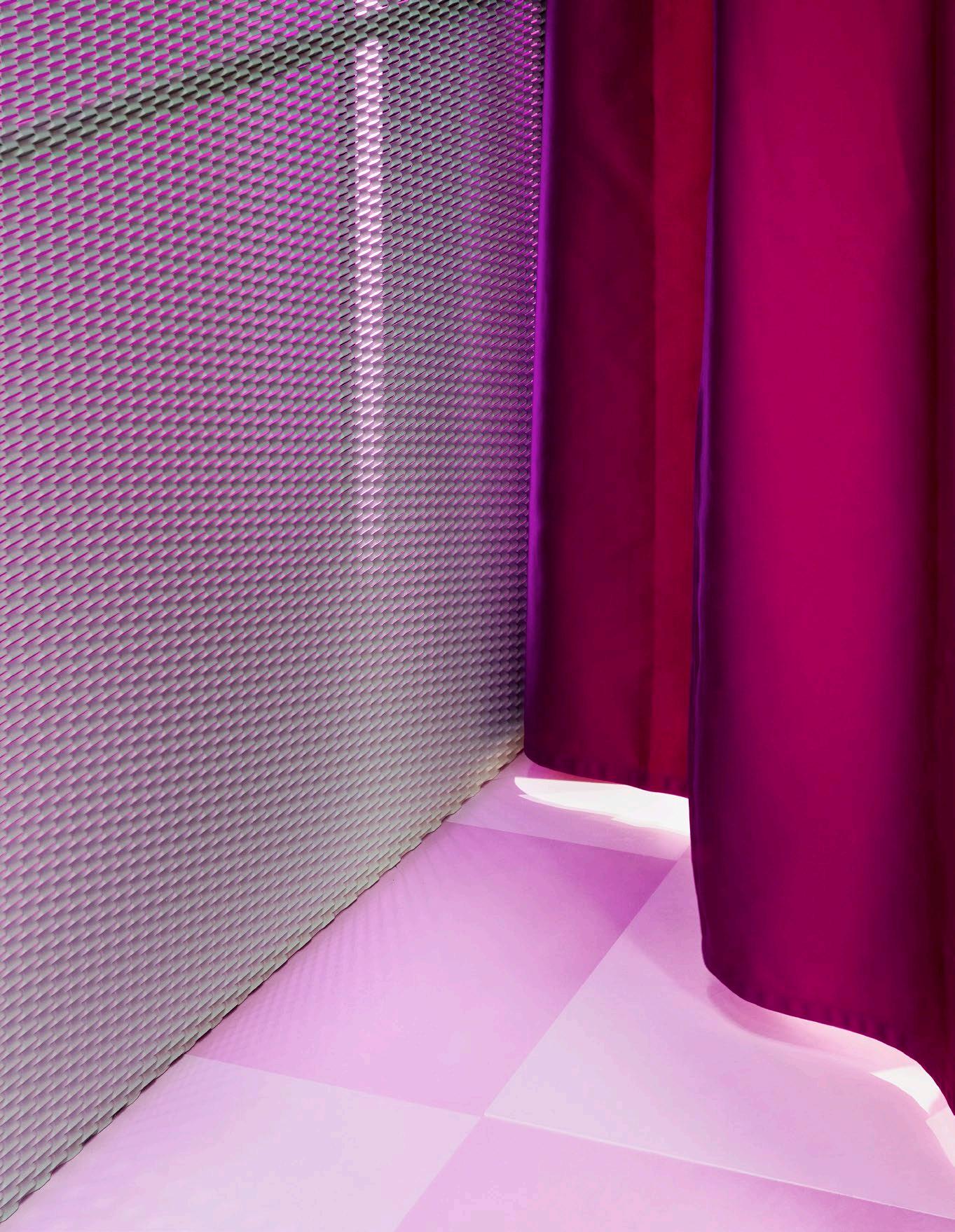
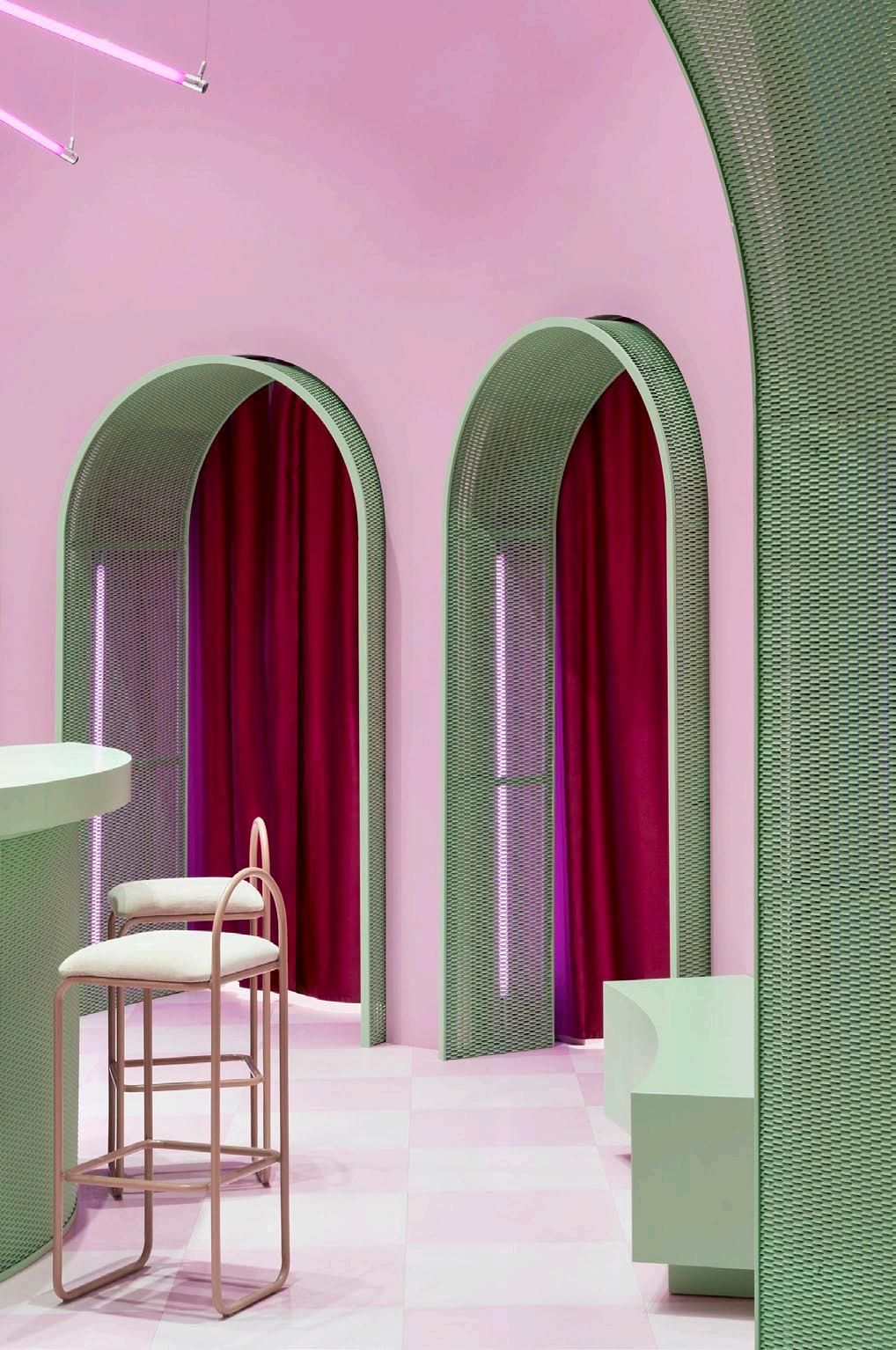
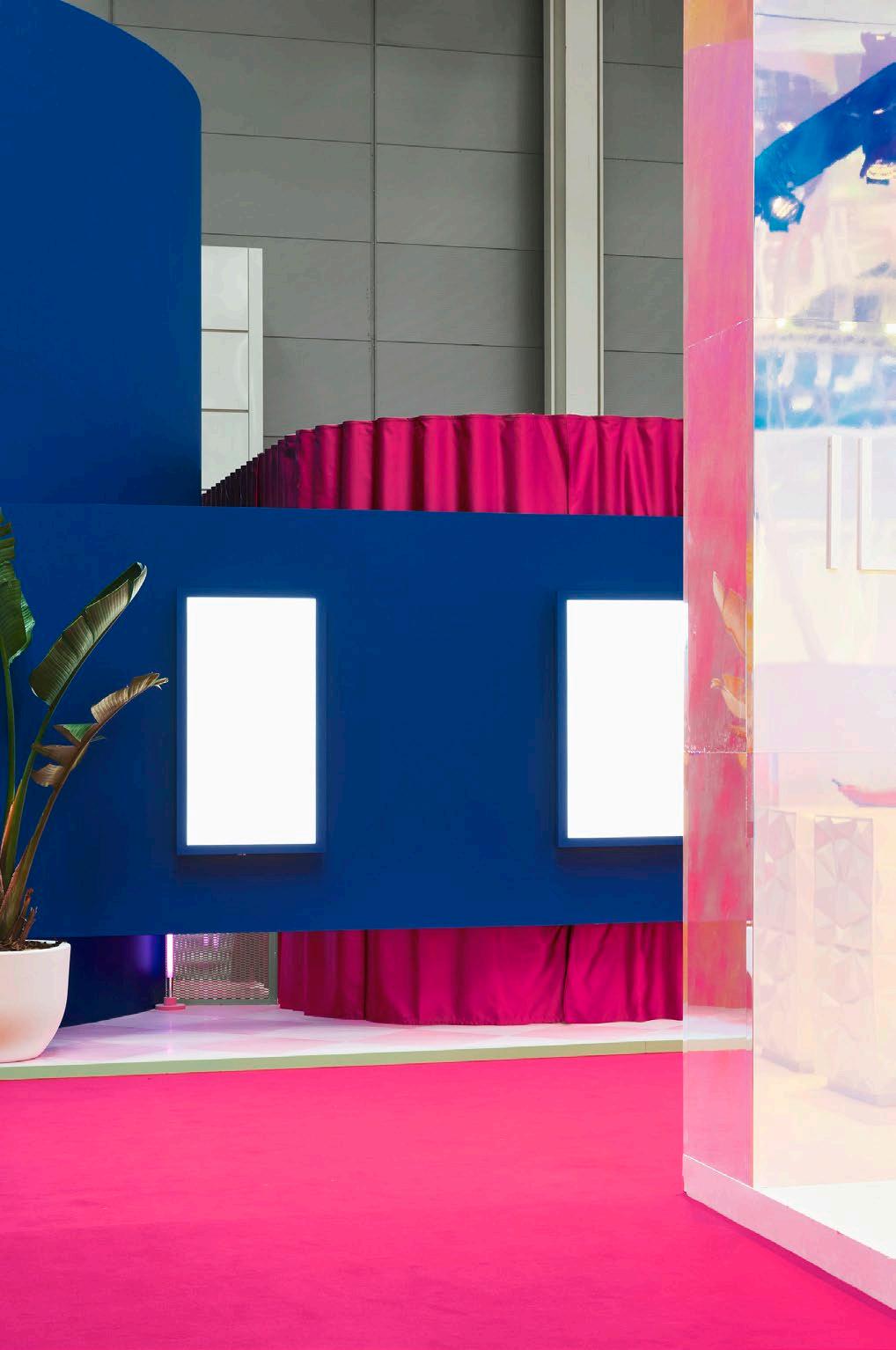
Luca Argenton Ricciardi designed a stand for Italian supplier Regi Laboratories’ presentation at beauty trade fair Cosmoprof 2022 in Bologna. The exterior was a vibrant combination of Regi’s brand colours – blue and pink – while the interior (opposite) played with a pastel palette.



KRISTA KIM

Krista Kim, contemporary artist and self-described explorer of the digital consciousness, discusses how creatives can harness the power of the NFT, what virtual instruments can mean for human wellbeing and why the metaverse should be co-created, not conquered.
Words Robert Thiemann Portraits Joel Esposito
You’ve written a manifesto in which you advocate the reconciliation of technological innovation with the creation of art in order to arrive at a more humanized digital reality. Why do you believe that’s important? KRISTA KIM: I started writing my manifesto in 2014 after completing my studies at the Lasalle College of the Arts in Singapore. At the time, smartphones were still relatively new and I became hyperaware of the way I changed as a person by using such a device as my main source of communication. I felt that the social media platforms I was interacting with were affecting my psychology. The quick interactions lacked empathy in many ways and were becoming increasingly narcissistic and egocentric – all about showmanship. I thought that if I was feeling these incredible changes, billions of people around the world adopting these new technologies must be affected, too. And it turned out to be a pretty accurate observation. During Covid-19 people became hypervigilant about their mental health and wellbeing and even before then they had started to observe how Facebook and the like abused their access to data. This debate is very pervasive now and I think that data sovereignty is truly going to be one of the greatest human rights issues of the 21st century and beyond, because data is power and whoever controls our data controls us. I believe that as a collective, technology companies are creating culture. Their products and systems are informing culture through the micro behaviours they’re reinforcing. To create a more connected and humane culture, the contribution of art to digital technology is crucial. It will affect how our society chooses to use and innovate digital technology for the future. Artists can promote digital humanism in the formation of culture.
As an artist yourself, what’s your aim in working with digital technology? I’m interested in creating sublime transcendent artistic experiences using the screen. I studied the aesthetic philosophies of Immanuel Kant. He defines the sublime as an awe-driven experience that allows you to see the world outside of the self and to recognize the vastness of it, to see how fragile and insignificant the human experience could be in the greater sphere of things – from a cosmic view. But my interests in the sublime also derive »
Michael Hull, courtesy of Times Square Arts As part of the world tour of sound-andlight installation Continuum, Midnight Moment took over NYC’s Times Square in February 2022. Visitors were invited to reflect and decompress beneath 90 electronic billboards.

Rendered using Unreal Engine, software commonly employed to create video games, digital home Mars House sold in March 2020 on NFT marketplace SuperRare for an amount of cryptocurrency equivalent to €486,000.
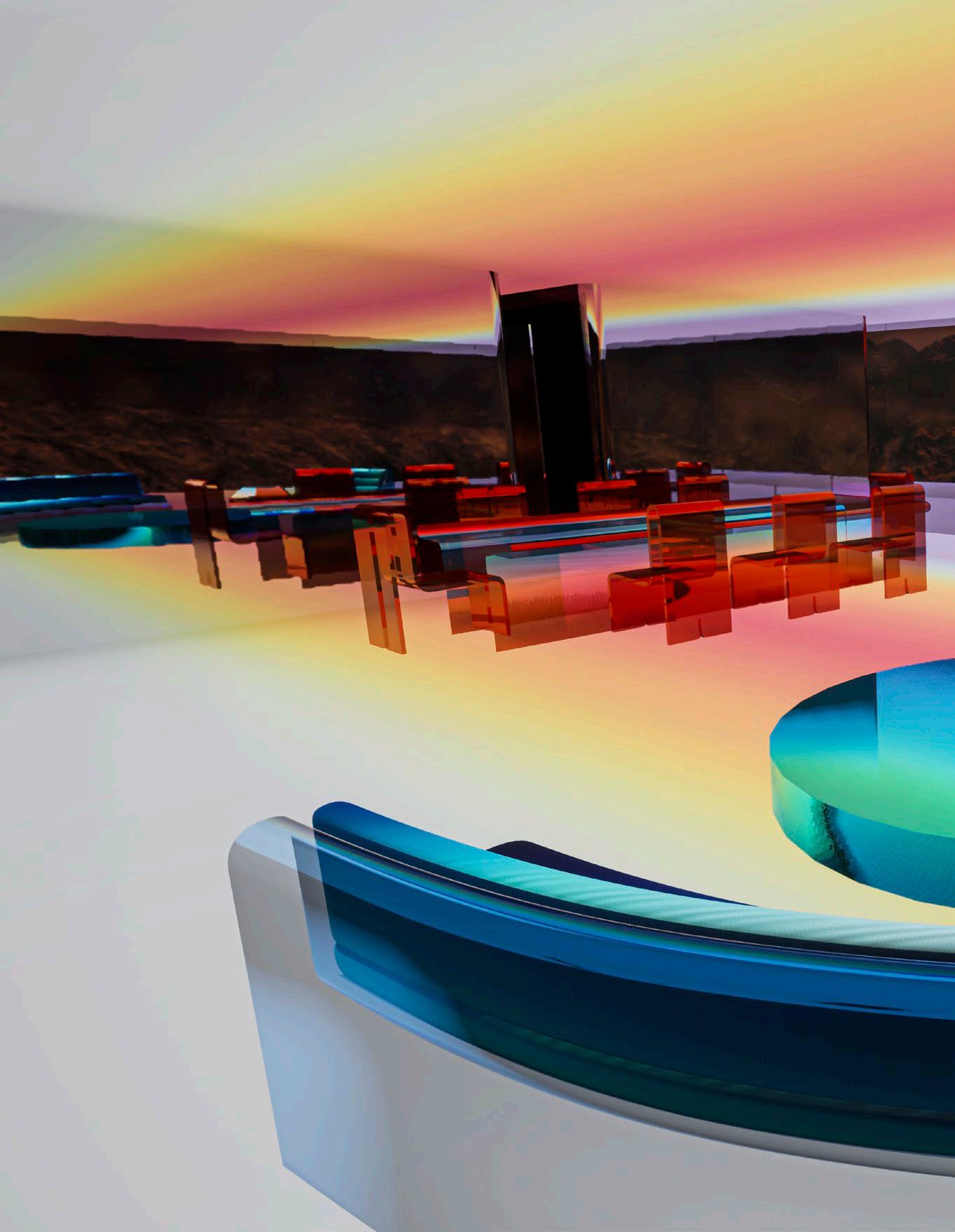
Courtesy of Krista Kim Studio
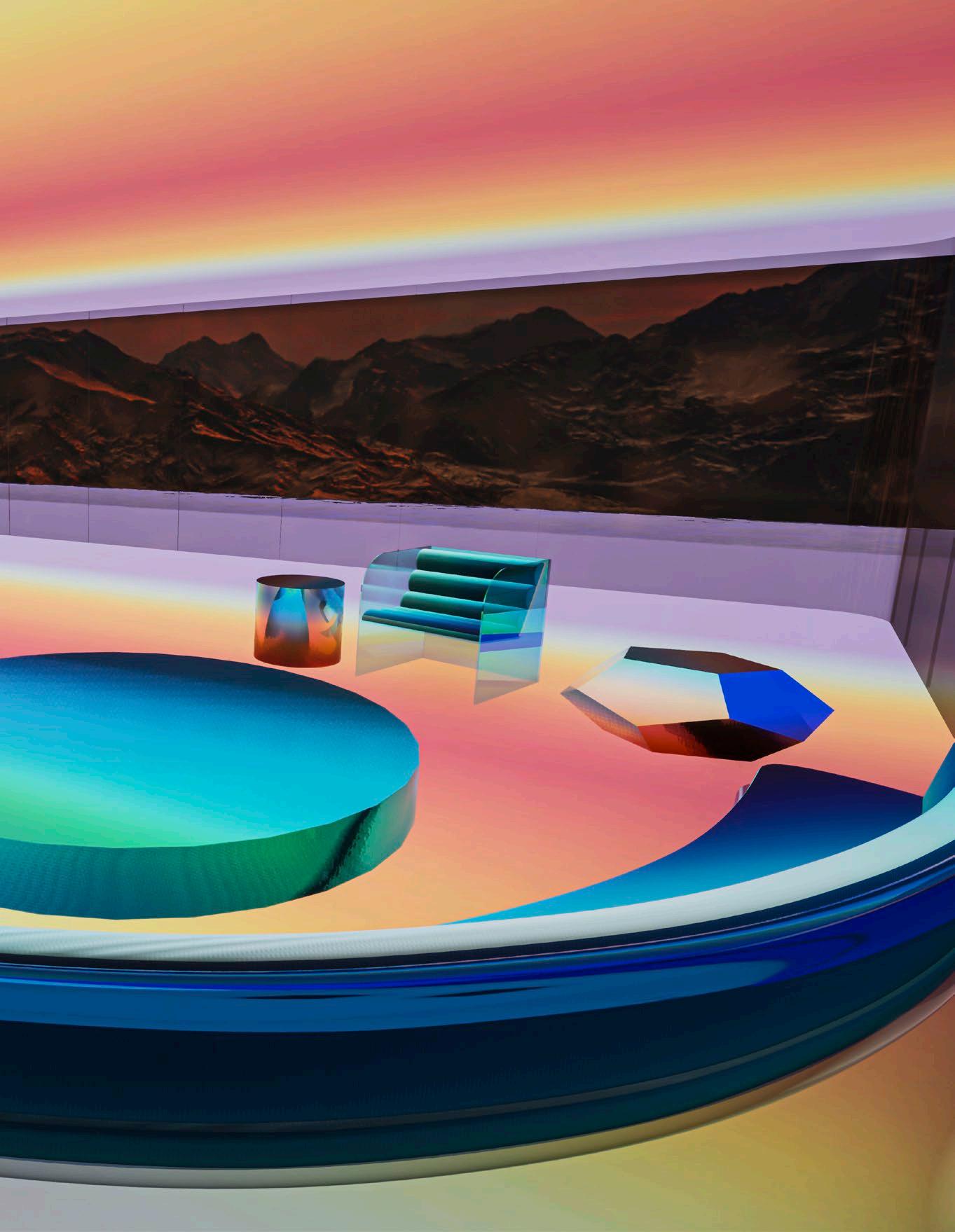
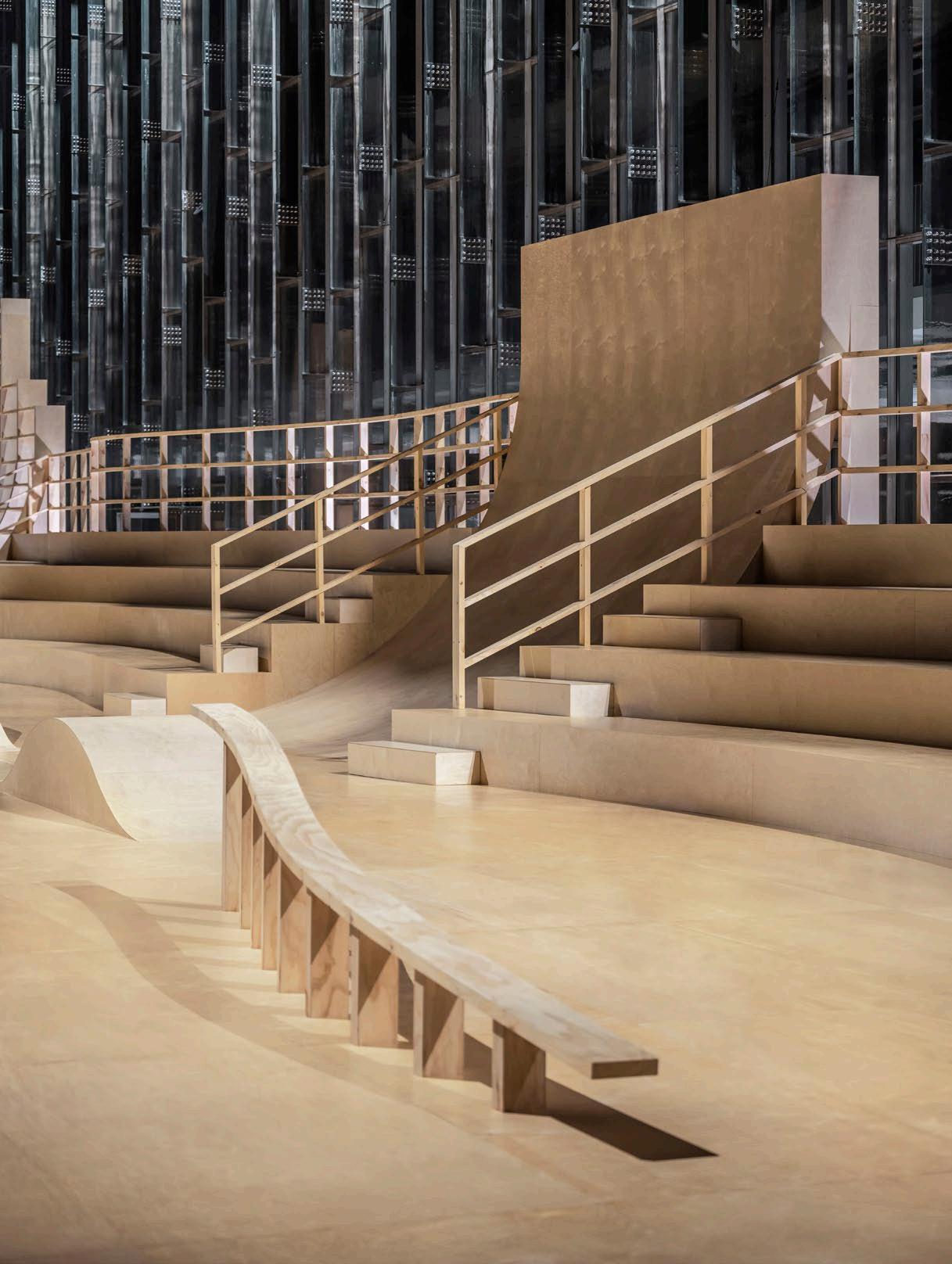
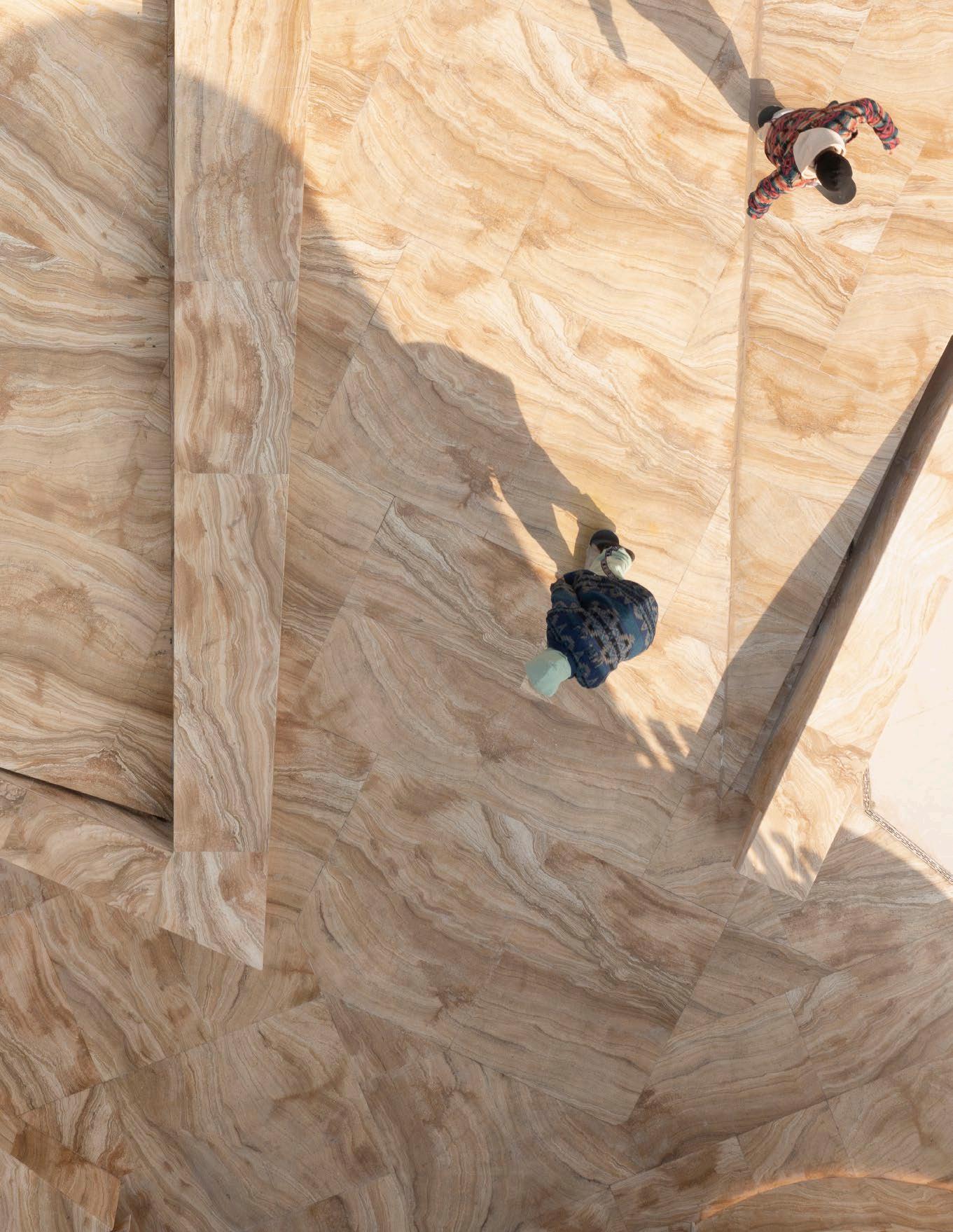
spaces
Why living spaces are exposing it all. Street culture moves from back alley to high street. Chinese hotels offer new perspectives on their neighbourhoods. Workplaces take biophilia beyond pot plants.





